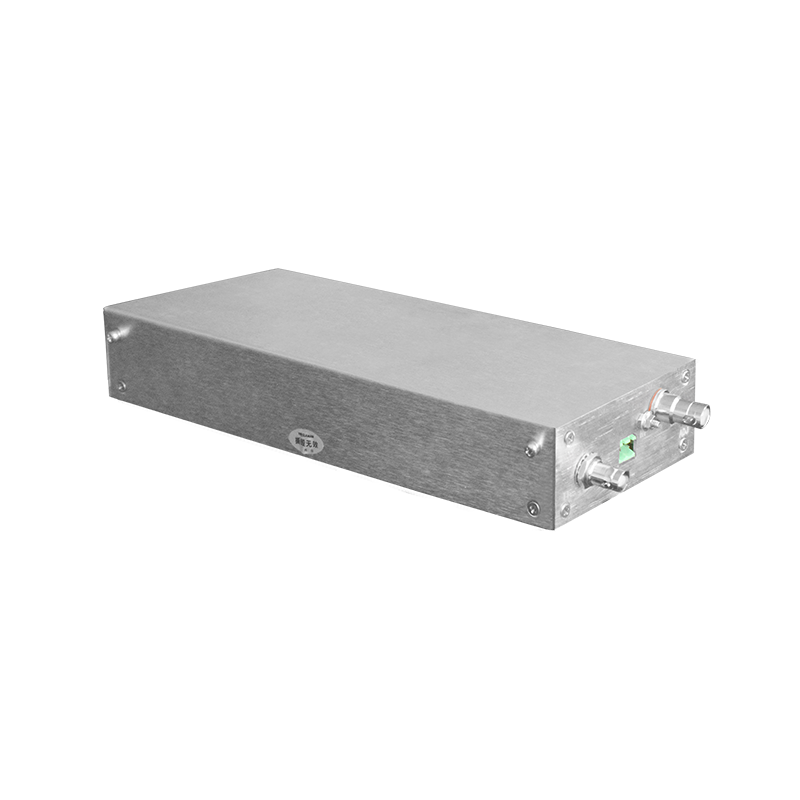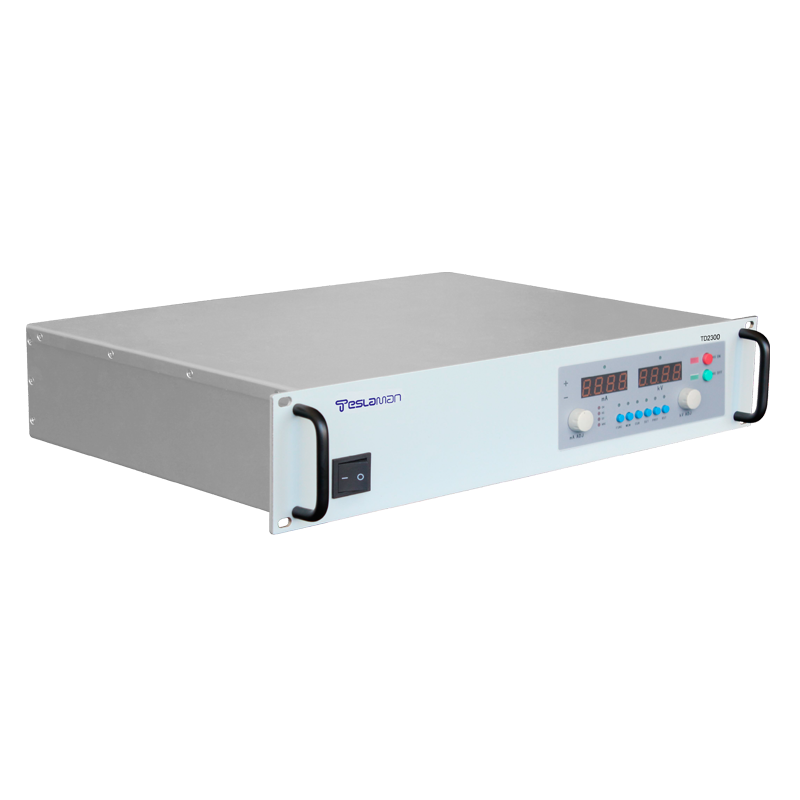Precise Oxidation Rate Control and Online Film Quality Monitoring in High-Frequency Oxidation Power Supplies
High-frequency oxidation power supplies play a key role in surface treatment processes such as aluminum anodization and titanium oxidation. Their frequency, voltage waveform, and modulation characteristics directly affect the growth rate, porosity, and mechanical properties of the oxide film. Accurate oxidation rate control and real-time monitoring of film quality are essential for ensuring process repeatability and material performance.
The oxidation process is governed by electrochemical kinetics influenced by electric field strength, current density, and electrolyte temperature. High-frequency power supplies enable finer control of these parameters by modulating voltage and current at microsecond resolution. Using programmable frequency modulation (PFM), the system can dynamically adjust operating frequency during different oxidation phases—for instance, using higher frequencies for uniform film initiation and lower frequencies for thick film growth.
Bipolar pulse operation is particularly effective for film quality improvement. By alternating the polarity, it prevents excessive local heating and maintains electrolyte balance, producing a denser and smoother oxide layer. This approach also minimizes gas bubble formation and improves adhesion strength between the oxide layer and substrate.
For online quality monitoring, integrating electrical impedance spectroscopy (EIS) and optical reflectometry enables real-time assessment of film growth dynamics. Changes in impedance magnitude and phase angle provide indirect but accurate indicators of film thickness and porosity. Combining these data with power supply feedback allows closed-loop control of voltage and current to maintain optimal oxidation conditions.
High-efficiency LLC resonant converter topologies are recommended for the power stage to achieve stable high-frequency output with minimal switching losses. Proper transformer design with optimized leakage inductance and magnetic flux distribution further ensures clean waveform generation, essential for uniform electrochemical reactions.
The combination of precision modulation, bipolar pulsing, and in-situ film monitoring provides a robust framework for maintaining consistent oxidation quality while minimizing energy consumption, making it ideal for high-value industrial and aerospace component finishing applications.




















